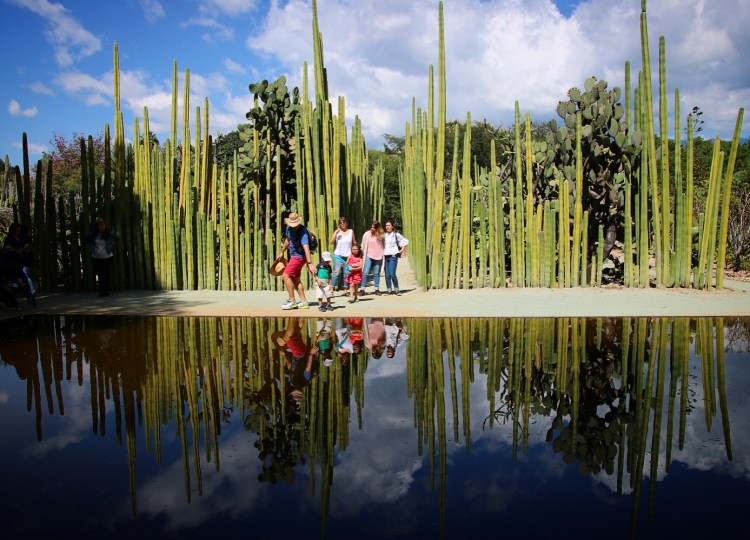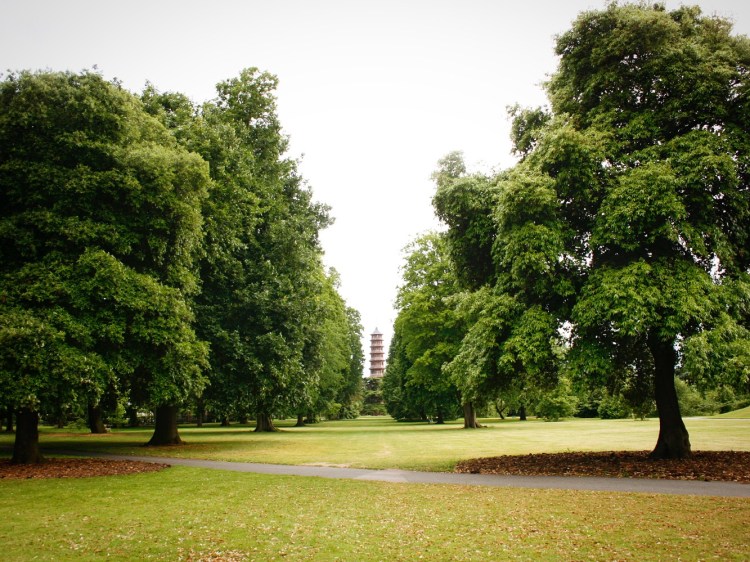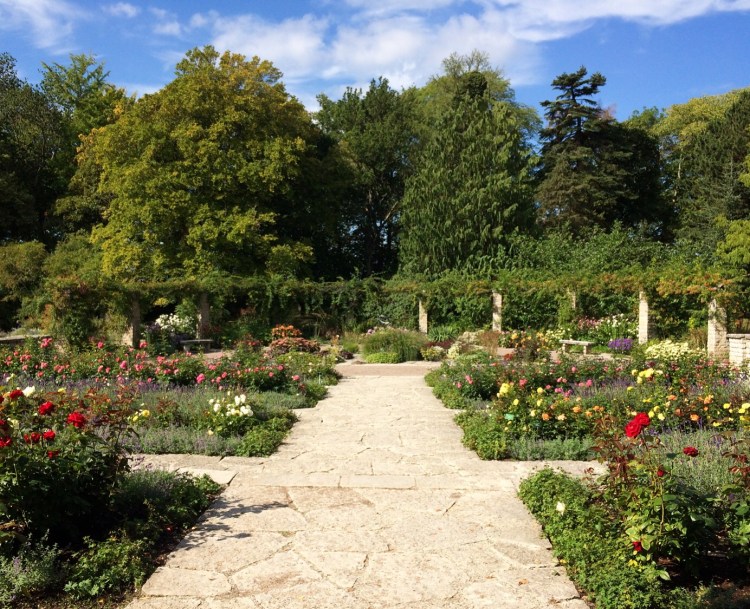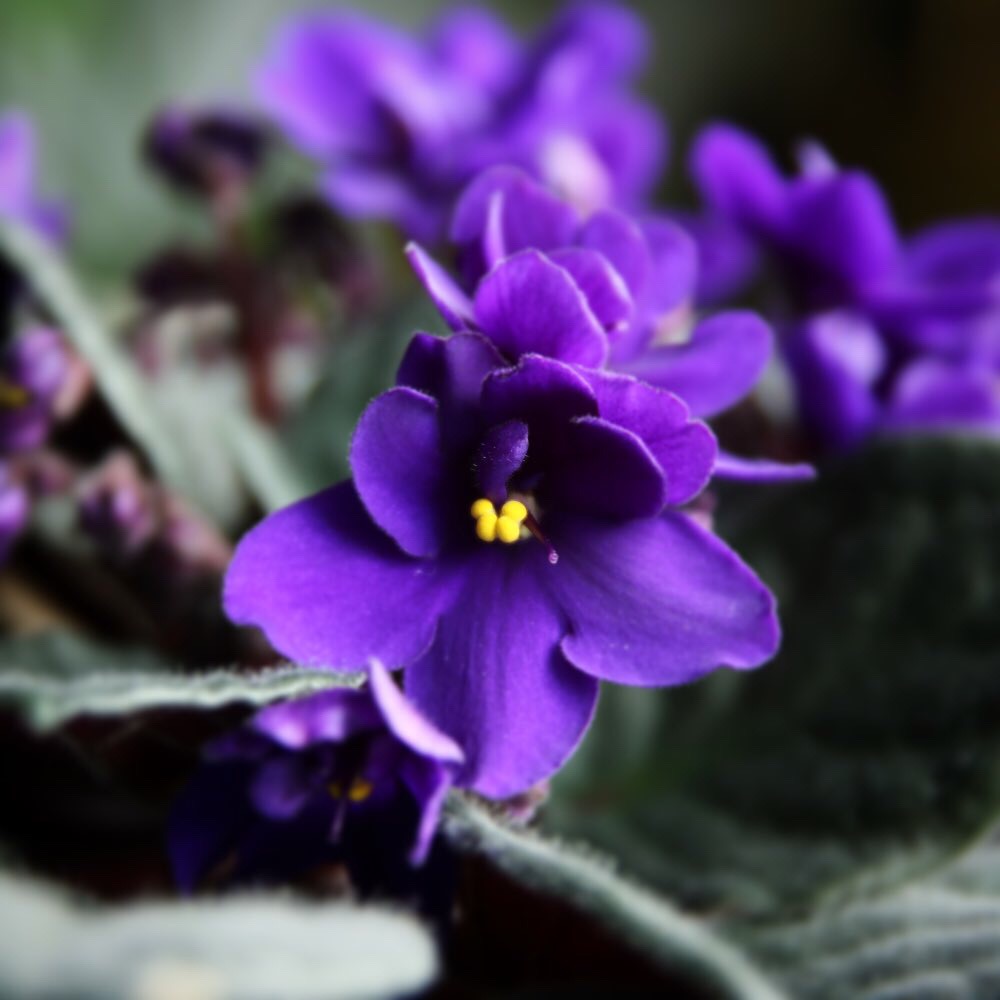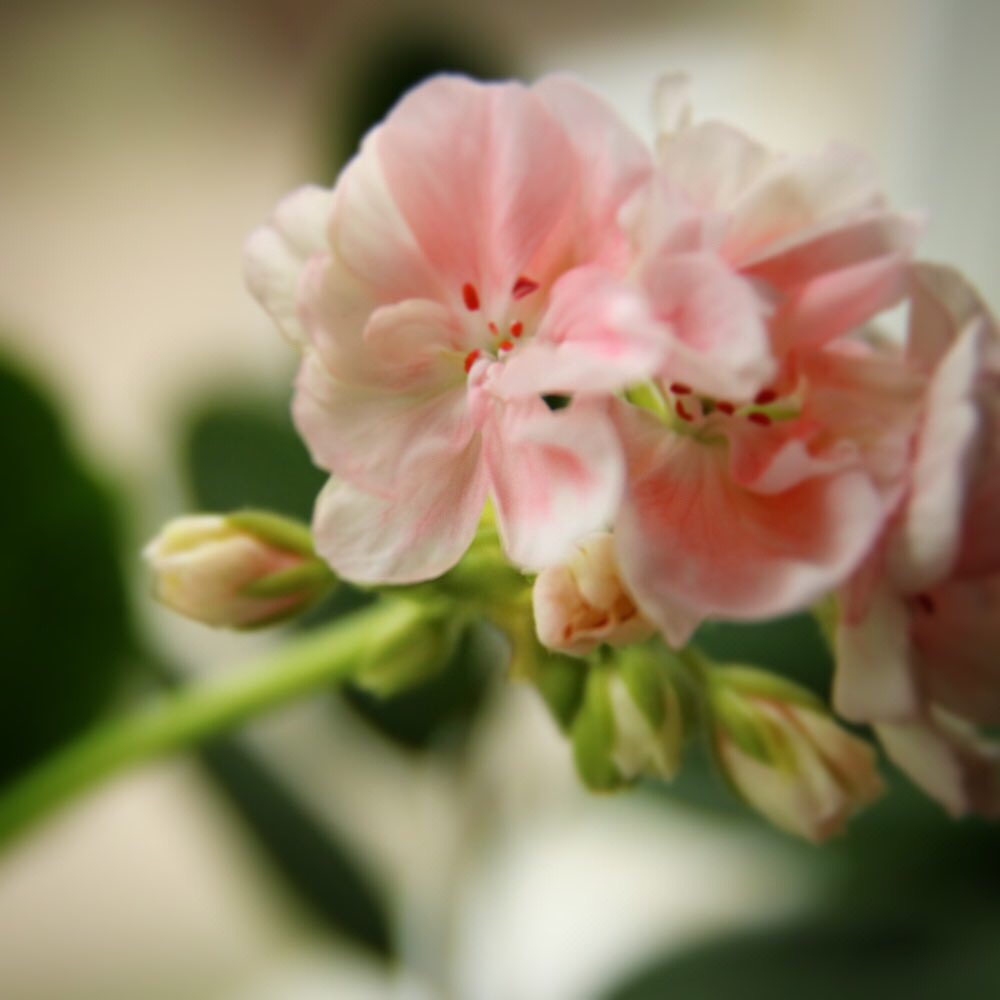128
I was most intrigued by the cacti in the Oaxaca ethnobotanic garden. The life force in these inhospitable plants, and the beauty in the patterns on their skins. It amazes me. This is pure survival. And I must admit, the cacti and pond installation in the end of the guided tour was really a masterpiece of organic symmetry and reflection.
Photo: Jardín Ethnobotánico de Oaxaca, Mexico, November 2017. Posted on Instagram April 25, 2021.
